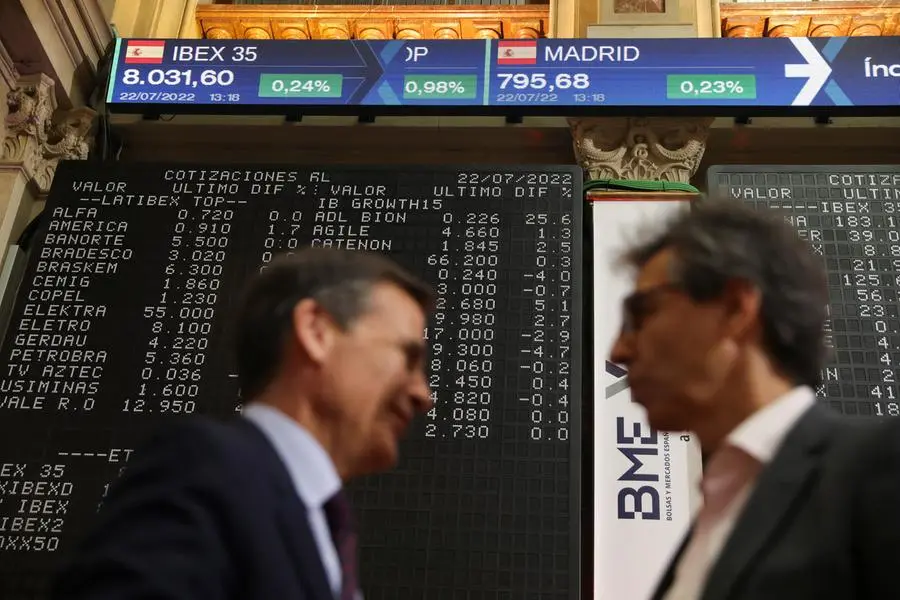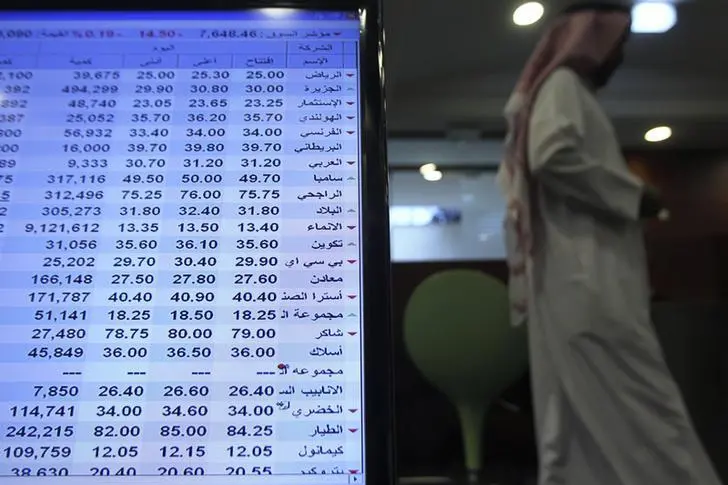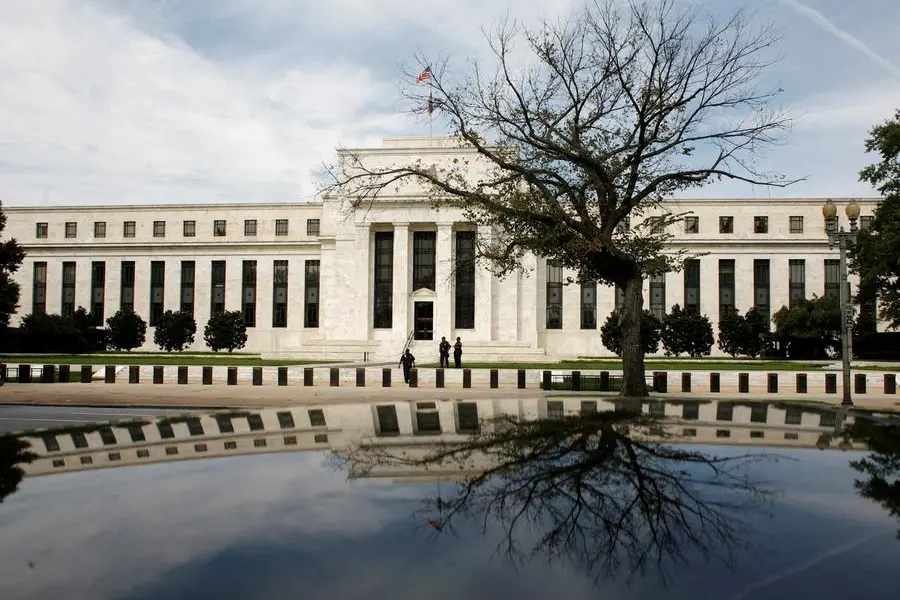PHOTO
MILAN/ROME - 'Don't worry, be happy' sums up the current approach of financial markets to Italian debt, with investors determined to lock in high returns on Rome's government bonds and turning a blind eye as its public finances veer out of control.
The budget deficit in the euro zone's third largest economy stood at 7.2% of output last year, data showed this month, more than double the estimated average of 3.2% for the 20-nation bloc and massively overshooting for a second consecutive year.
Yet the gap between the yield on Italy's sovereign bonds and equivalent German paper - a closely-watched sign of investor confidence in riskier Italian assets - narrowed last week to 1.15 percentage points (115 basis points), a 26-month low.
So what is going on, and how long will it last?
Most analysts say the outperformance of Italy's bonds is driven mainly by interest rate expectations and European Central Bank policy, and has little to do with Rome's economy and public finances.
"The spread keeps tightening as investors rush to lock in yields close to levels not seen for over a decade," said Erjon Satko, rate strategist at BofA.
With markets pricing in ECB interest rate cuts from June, potential buyers are lured by the returns still offered by Italian BTP bonds and see country risk capped by the prospect of ECB measures to reduce spreads if needed.
The central bank has never used its Transmission Protection Instrument introduced in July 2022 to avoid market fragmentation, but the very presence of the backstop is driving investor behaviour.
"We are now in what I call a nationalisation of the European bond market where a market maker - the ECB - can potentially stop any speculation against sovereign debt," said Christopher Dembik, senior investment advisor at Pictet AM.
"Investors know it's always a bad idea to bet against a central bank ... we are in a completely new paradigm, a new world," he said, adding the market will continue to ignore Italy's fundamentals for the foreseeable future.
DEBT WARNINGS
Some other analysts are less upbeat. Commerzbank said in a note to clients on Friday Italy's bond rally is likely to peter out in the second half of the year due to a worsening outlook for growth and public debt.
Citibank also warned this month that the recent decline in Italy's debt-to-GDP ratio, which has helped reassure investors Rome is a safe bet, "is bound to ease, if not reverse, in the coming years due to stubbornly high funding needs."
At 2.9 trillion euros ($3.16 trillion), Rome's debt is one of the largest in the world, amounting to 137% of gross domestic product at the end of last year, the second highest ratio in the euro zone after Greece's.
Despite this debt mountain, as soon as Prime Minister Giorgia Meloni took office in 2022 she hiked the following year's budget deficit target to 4.5% of GDP from the 3.4% goal she inherited from her predecessor, former ECB chief Mario Draghi.
The fiscal gap eventually came in at 7.2%.
The ratios from 2020-2023 were an eye-watering 9.4%, 8.7%, 8.6% and 7.2%, levels not seen in Italy since the mid-1990s.
Yet markets, which in previous years hammered Rome at the slightest hint of fiscal ill discipline, totally shrugged off this month's 39-billion-euro deficit miss.
"If we had had a negative surprise like this a year and a half ago, while interest rates were rising, it could have had a different impact," said Filippo Mormando, fixed income strategist at Spanish bank BBVA.
GREEN SUBSIDIES BREAK THE BANK
The main reason for Rome's deficit overshoots is a tax relief scheme for green home improvements that has proved infinitely more costly than anticipated.
Introduced in 2020, the so-called 'Superbonus' was originally supposed to cost 35 billion euros over 15 years, but the Treasury now estimates a staggering 150 billion euros have already been spent.
Most worrying is that the scheme will weigh on public accounts through 2035 as beneficiaries continue to deduct the building work from their tax bills, exerting steady upward pressure on the public debt.
Italy's debt-GDP measure has declined from a 2020 peak due to the post-pandemic growth rebound and the surge in inflation. Both factors have now all but disappeared.
"The debt ratio is likely to increase significantly from now on without a noticeable reduction in the budget deficit," said Commerzbank analyst Marco Wagner.
Analysts see Italian growth of just 0.7% this year, versus Rome's official 1.2% forecast.
Yet for now, even if they are dancing on an Italian Titanic, bond investors seem determined to keep on dancing.
"We are in a cycle of portfolio adjustment that began at the end of last year and will last for weeks if not months," said BBVA's Mormando. "That means there will continue to be plenty of buyers of Italian debt." ($1 = 0.9186 euros)
(Additional reporting by Gavin Jones and Giuseppe Fonte, writing by Gavin Jones, graphics by Stefano Bernabei, editing by Christina Fincher)























